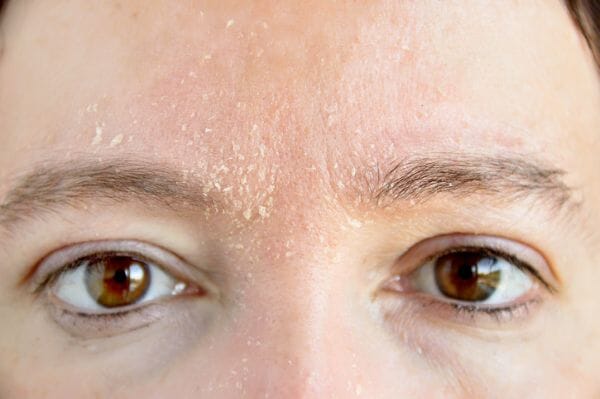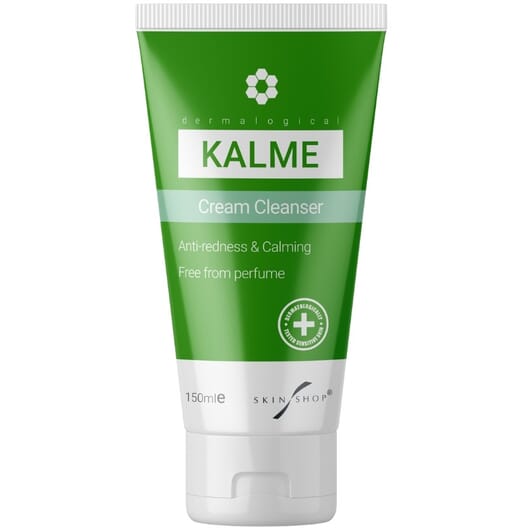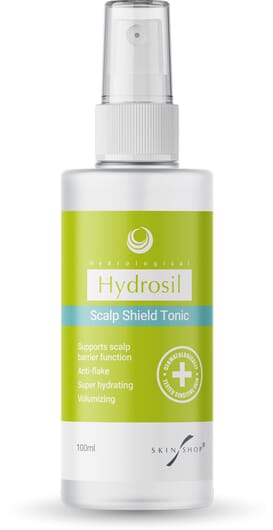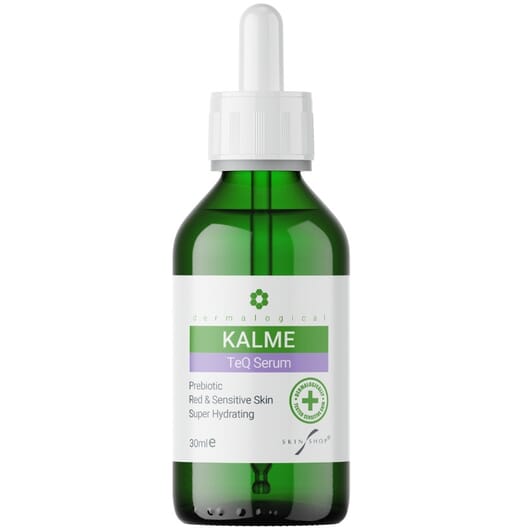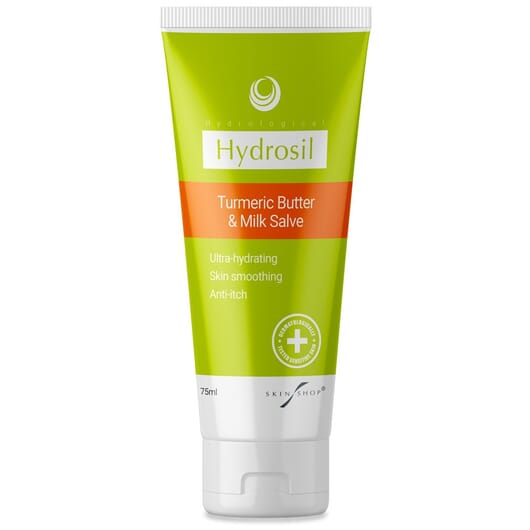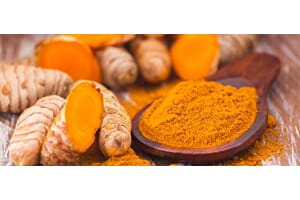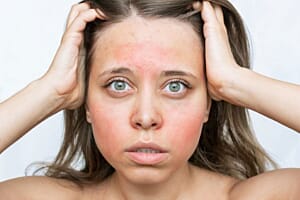Don’t panic, skin microdosing is not about adding anything mind-altering to your moisturiser!
Skin microdosing is a concept that is gaining a positive reputation among skincare experts as a potentially effective way of managing sensitive skin conditions, especially conditions such as eczema and very sensitive skin.
If you have atopic skin and suffer from eczema, then you will be more aware than most of that dreaded feeling of burning skin and stinging skin from a newly applied skincare product.
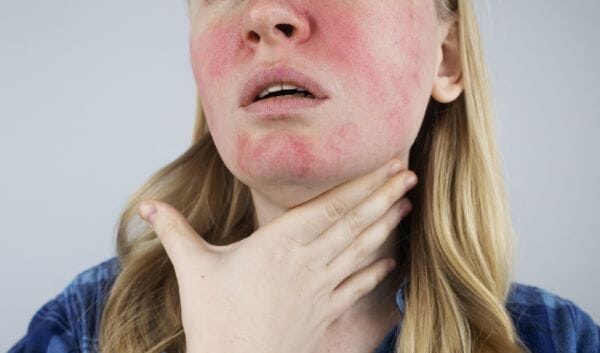
With eczema in particular, the typical line of defence during an eczema flare is the temporary application of topical steroids, which are on prescription.
However, steroids can and should only be used for limited periods of time due to their negative side effects on skin such as permanent skin thinning.
Topical steroids when used suddenly on an eczema flare can often cause burning and stinging due to the high concentrations of the active ingredients in them. The skin essentially gets quickly overloaded and can react as its not accustomed to the ingredients.
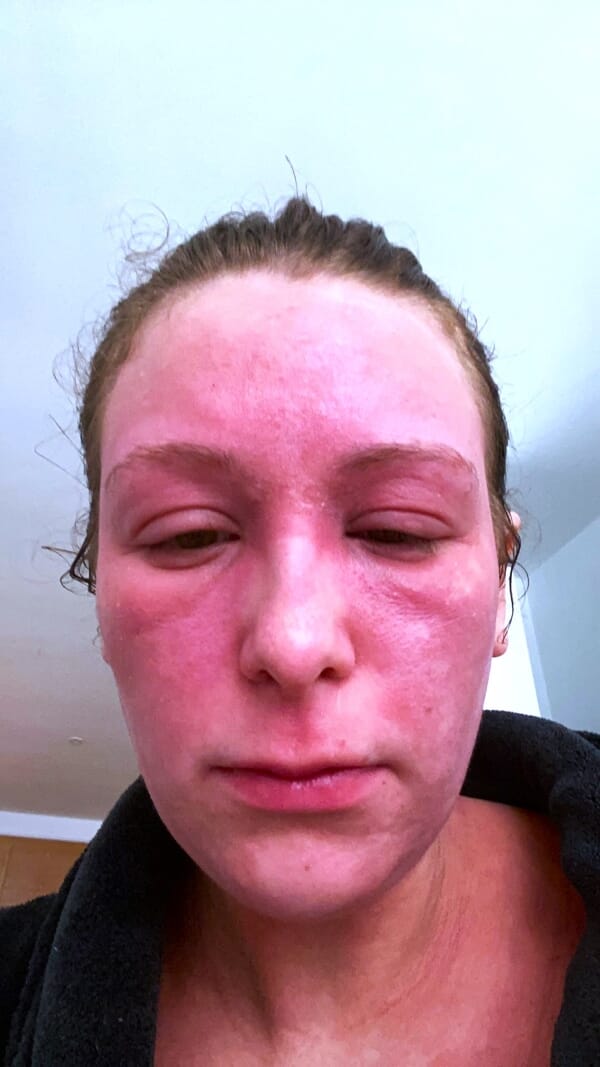
Dermatologist Dr Eva Melegh says, “the theory about microdosing skincare is to use much lower percentages of active ingredients that are safe for daily use in order to gradually build up the skin’s tolerance to the actives and it helps to begin this process when atopic skin is not in a reactive state, such as in between flares. Topical steroids are not ideally a long-term management option for atopic skin so finding gentler active alternatives that can be applied daily is something that can greatly benefit the management of atopic skin.”
Overloading atopic and very dry skin with heavy emollients and multiple active ingredients and then perhaps adding topical steroids to the mix during an eczema flare can cause atopic skin to become highly reactive.
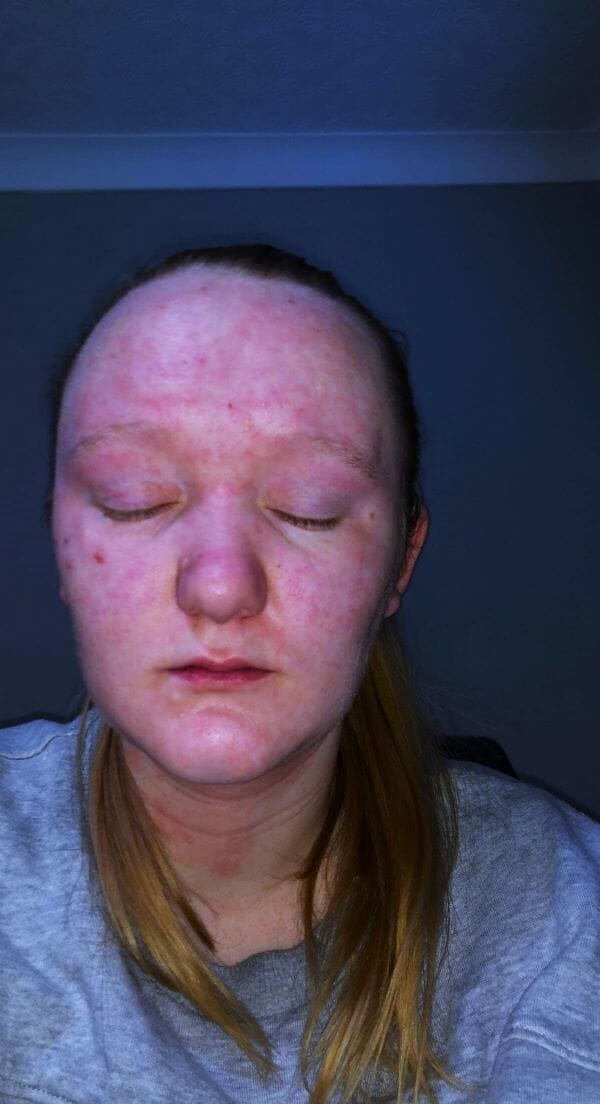
“By introducing fewer actives, in smaller doses to your routine when atopic skin is more stable, there's likely to be less irritation and less disruption to the skin barrier, which in skin prone to eczema is already compromised and so it is even more important not to cause any additional inflammation or reaction,” says Dr Melegh.
“When introducing any actives to atopic skin, it's essential to start slowly, in terms of usage. Starting with only using the product 1-2 times a week on a small patch of skin that is typically affected and slowly over a period of time increasing the area of skin while gradually increasing usage until you are using it daily, is how to begin a microdosing skincare regime for atopic skin.
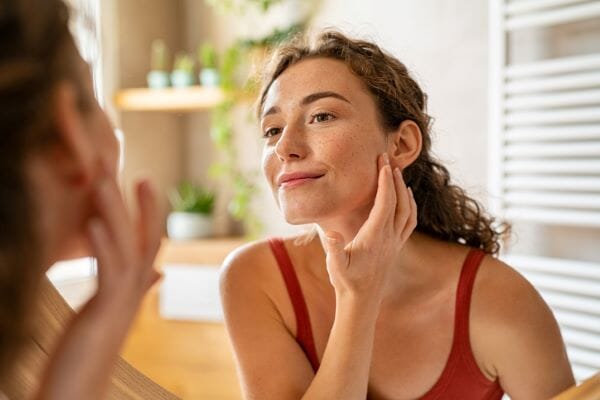
“What you want to do is avoid triggering your skin in any way because if it is triggered initially by the new active you are using, then it can take much longer for the skin to tolerate that active. However, if you are careful to introduce the active gradually onto smaller and less reactive areas of skin this can help the skin to be more tolerant of the active ingredient so you can begin to use it on more problematic areas.”
How to microdose dry, reactive and atopic skin
Dr Melegh gives her tips for skin microdosing atopic skin
- Start with a new product for your skin when it is not in the middle of a flare up.
- Avoid applying it to any broken or open skin lesions in the first few weeks of use.
- Do not combine a new product for your eczema with topical steroid use
- Don’t introduce the new active to your skin straight after using topical steroids
- Incorporate the new active products into your skincare routine one at a time. Look for products that contain only 1-2 active ingredients with a suspension that is non-chemical, un-perfumed and with low levels of preservatives in it.
- Start with the new active using it just 1-2 times a week and then if your skin is OK start adding more days until you are using it daily. Remember that for reactive and sensitive skin that small amounts and a gradual increase in the frequency of use is key. Try not to be impatient with the increased usage, even if you are seeing positive results.
- Be careful what cleanser you use to clean your skin before using the new actives on your skin. Use a gentle cream cleanser without any chemicals or perfumes. If you are using an active around the eyes, avoid using makeup removers just before using the product.
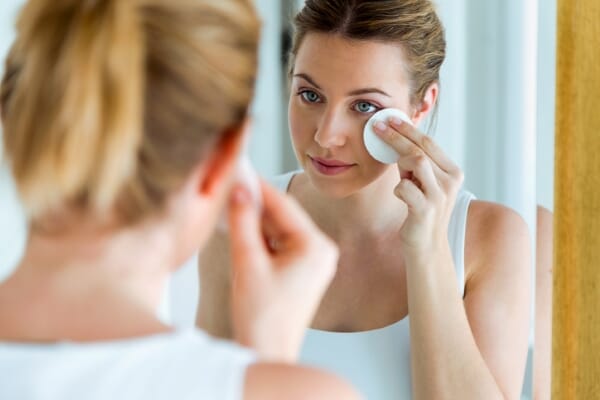
- Apply the new active in the evening so that you don’t need to apply any cosmetics over it.
- Don’t apply the active just before bed. Apply it a few hours before bedtime so you are not immediateloy lying horizontal after applying it.
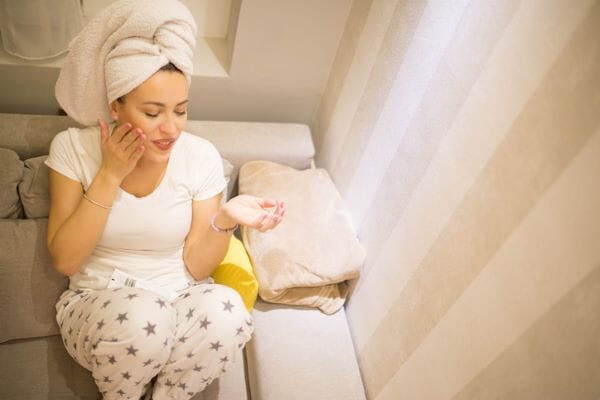
- Avoid going out in the direct sun when first using the new active on your skin.
- Make sure skin isn’t too hot such straight after a shower or after sport when first using an active on your skin.
- Once you are using the product daily with no issues you can look at introducing another product if needs be and if suitable you can begin to use the new active under cosmetics during the day.
Products for microdosing atopic skin and eczema
- Applying new actives to clean skin is essential as you don’t want to mix cosmetics or other potentially problematic products with the new active. Products to clean skin can themselves contain ingredients that may put atopic skin in a sightly heightened state of reactivity for a period after using them as they often contain astringents and anti-microbial ingredients.
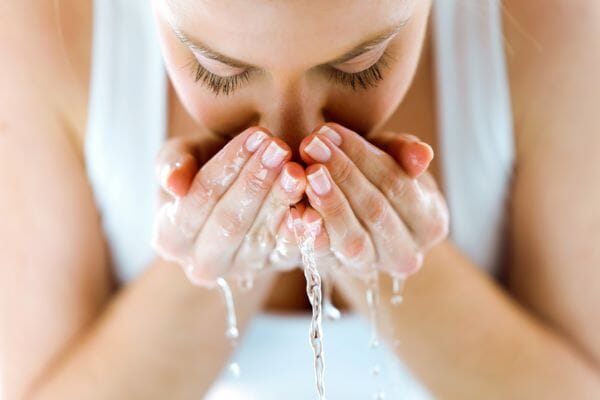
Even water can temporarily make sensitive skin more reactive. So while you want your skin clean, you don’t want your skin feeling stripped of its natural oils or 'on edge' before trying a new active on it. Opt for a very gentle perfume-free and chemical-free cream cleanser for removing dirt and make up before using the new active. Try Kalme Cream Cleanser for sensitive and reactive skin which contains gentle moisturising ingredients.
- Unlike chemical steroids that can only be used for short periods of time, phytosteroids (from plants) are not as strong and can be used on a regular and longer-term basis making them ideal for microdosing. However, they are still ‘actives’ so it’s important when introducing a topical phytosteroid to your skin that you follow the advice above on the best way to do this in order to avoid triggering your skin. Try Hydrosil Turmeric Butter & Hypoallergenic Milk Salve, which contgains two actives turmeric, which is widely known for its anti-inflammatory effects and a phytosteroid called Cardiospermum, which comes from a South American vine and has been widely studied for its steroid-mimicking effects on atopic skin. If you have eye eczema or blepharitis, there’s also a Hydrosil Dry Eye Gel which contains the same phytosteroid in a light gel suspension specifically for use around the eyes.
- Skin barrier function is compromised and damaged by repeated atopic skin flares so building it back up can be highly beneficial for generally strengthening and repairing the skin after an atopic flare. Try Kalme TeQ Serum which contains an extract of Mexican blue agave, a natural skin prebiotic that is proven to help replenish good skin bacteria. Good skin bacteria is the building block for skin barrier repair and the agave active comes in a plant-based squalane suspension which is highly hydrating.
- Often in the skincare routine of people with atopic skin, the scalp is forgotten. Yet dry itchy scalp is common in people with atopic skin. In the same way that microdosing the skin can help manage atopic flares, the same can be said for the scalp.

Opt for non-perfumed, chemical free and gentle shampoos (such a baby shampoos) and steer well clear of anti-dandruff shampoos. After cleansing hair try Hydrosil Scalp Shield Tonic, which is a light non-greasy spray tonic that contains a complex of plant-based phytosteroids to help calm itching and irritation in reactive scalps.



